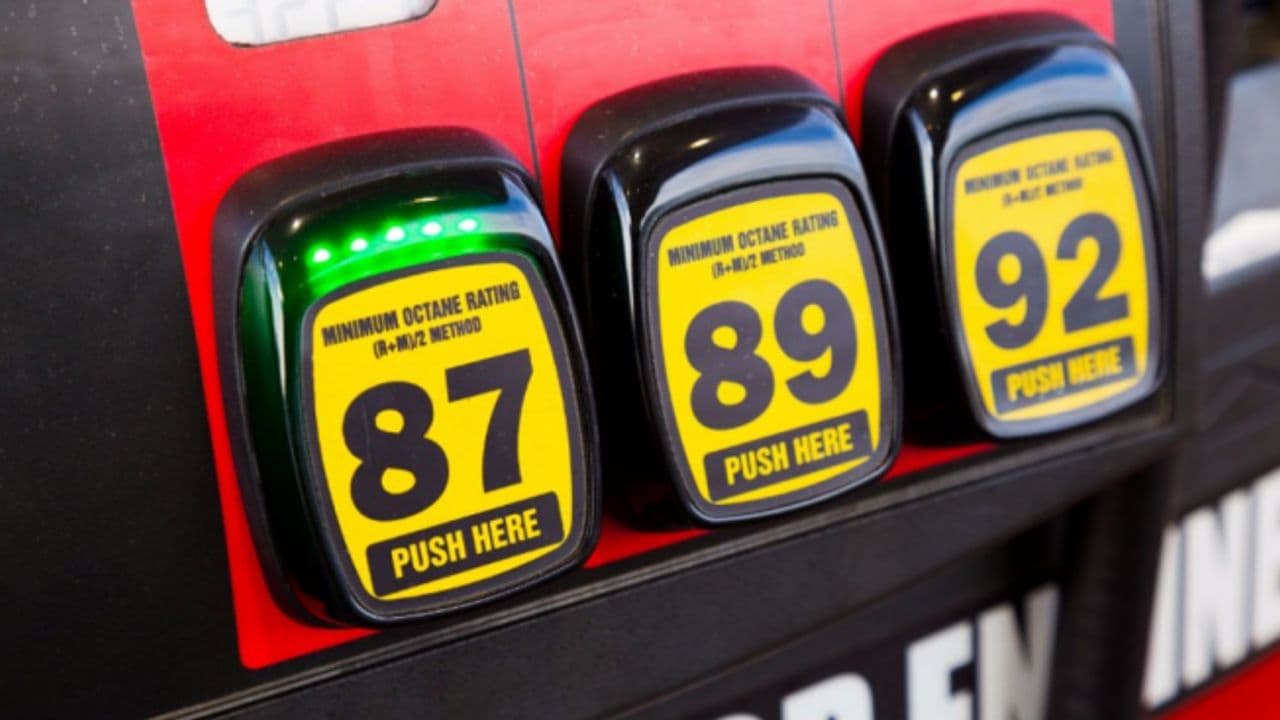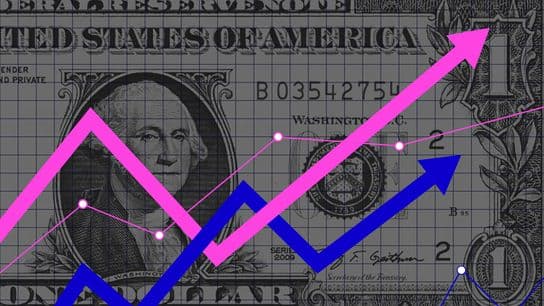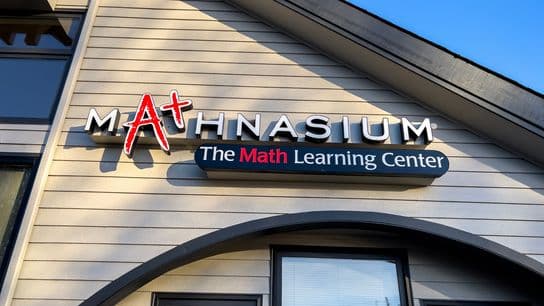Impact of Rising Gas Prices Goes Beyond Your Wallet: Restaurants Suffer, Too
People drive less when gas prices skyrocket—and that can have a huge impact on customer traffic for many quick-service restaurants.
Gas prices are notoriously fickle, spiking unexpectedly or suddenly tumbling at various points throughout the year.
But while the ebb and flow of the price at the pump might mean good news (or bad news) for a motorist’s wallet, have you ever wondered what effect these fluctuating costs have on the restaurants? According to Nation’s Restaurant News, gas prices can have an unexpected impact—the restaurant industry feels the negative effects of higher gas prices more so than the positive effects of lower gas prices. The reasoning behind this is simple: when gas prices are lower, consumers tend to simply put that cost out of their minds. But when gas prices are higher and cutting into a consumer’s spendable income, it becomes a more pressing issue.
With this idea in mind, Nation’s Restaurant News highlighted five key points for restaurant owners to consider as they watch gas prices vary.
1. Rising gas prices will hurt quick-service restaurants the most.
Quick-service customer traffic hinges on motorists. When gas prices soar, people drive less—meaning fewer excursions to restaurants. The good news is, the reverse is also true: when gas prices plummet, quick-service restaurants notice an uptick in traffic.
2. Prepare for increasing gas prices.
Gas prices might be the lowest they’ve ever been in the past 10 years, but that doesn’t mean restaurant owners shouldn’t be readying themselves for an impending increase. Understanding every cost and how you can adjust menu prices when traffic starts to slip is critical to being ready to take action when the time comes.
3. Fine-dining restaurants experience less of an impact from rising gas prices.
For many, going to a fine-dining restaurant signifies a special occasion. Chances are, higher gas prices won’t dissuade anyone from driving to their favorite restaurant and treating themselves to an exceptional meal. And if you do have regular customers, they probably aren’t going anywhere—it’s likely they have more disposable income.
4. Convenience matters.
If your restaurant is located in an area that’s walkable or close to a large residential area, customers don’t need to rely on cars to get their meal. These restaurants have a distinct advantage over restaurants located near highways when gas prices rise.
5. Customers may not always be able to drive to your restaurant.
If financial resources are running thin, customers may forgo driving to a restaurant that’s more than a few miles away. If you run a quick-service restaurant that requires significant time on the road, higher gas prices can have a huge impact on sales.









